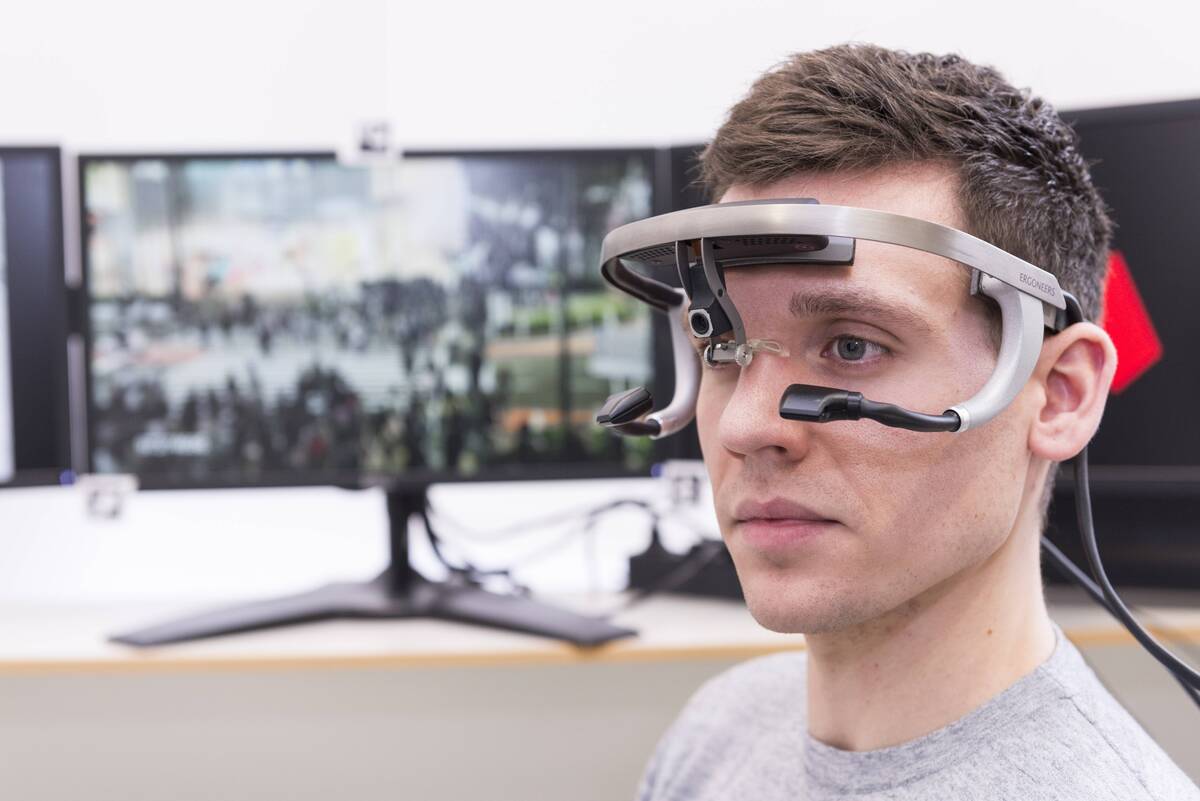Robot Helper: “Does It Get along with My Cat?"
The term human-machine interface makes us spontaneously think of the gigantic humanoid fighting machines controlled by pilots in Guillermo del Toro’s action film “Pacific Rim” or of the red eye of supercomputer HAL 9000 in Stanley Kubrick’s “2001: A Space Odyssey.” But human-machine interfaces may also be much less spectacular, such as smartphones. Researchers of Karlsruhe Institute of Technology (KIT) are working on future human-machine interfaces that are not only user-friendly, but also adaptive. They are to recognize the needs of humans and to respond to them. An example is an assistance robot for humans needing help in managing everyday life.
Mobile robot helpers might assist persons with physical disabilities and enable them in this way to live at home longer. “Whenever other persons have to concentrate strongly, are stressed, or have a problem, we notice this and react by remaining quiet or offering help. Future robot helpers are supposed to do this as well,” says Barbara Deml, Head of KIT’s Institute for Human and Industrial Engineering.
Full Text: Press Release 038/2018
mex, 10.04.2018

